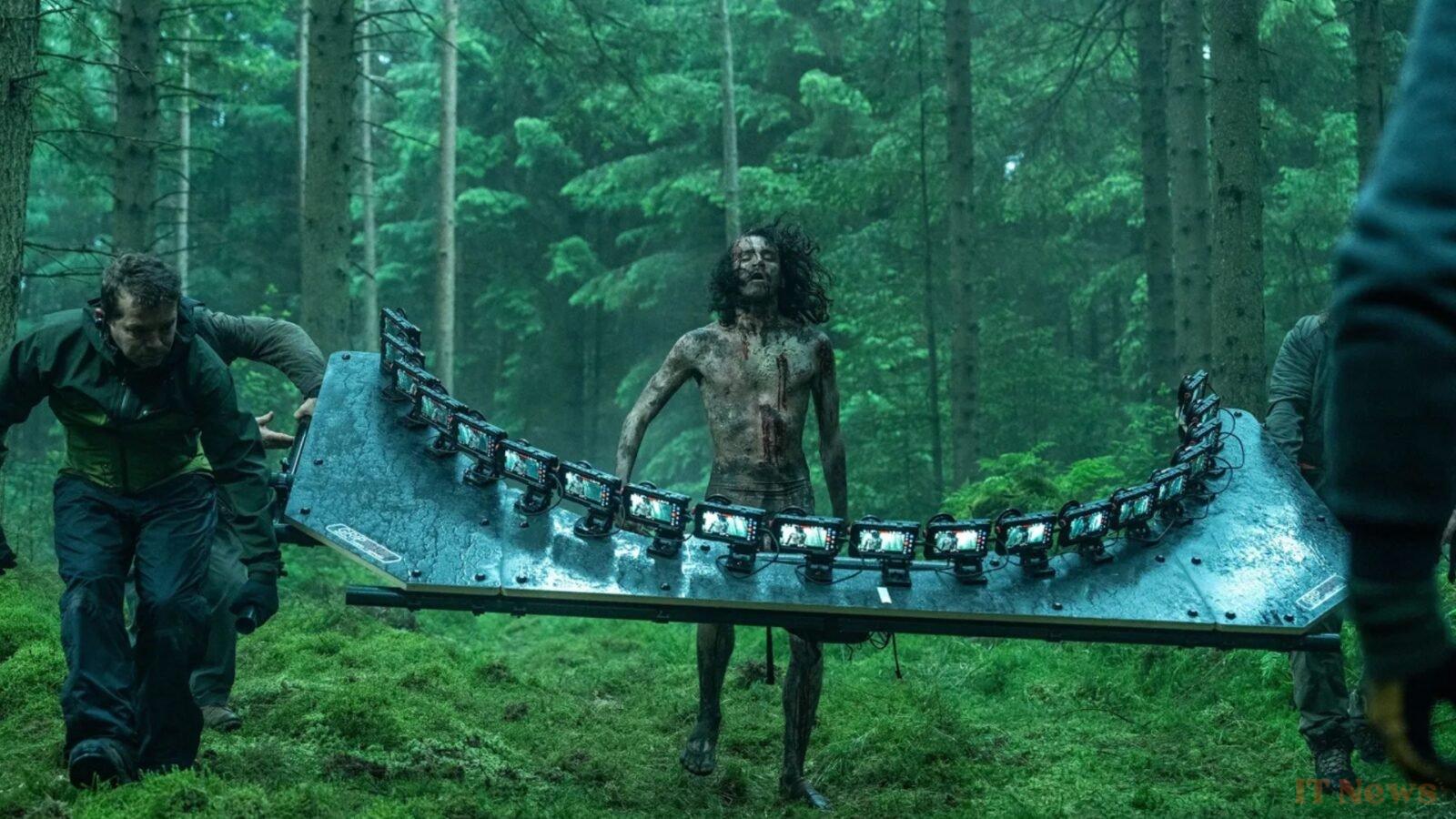While most major productions rely on state-of-the-art cameras, Danny Boyle made the unexpected choice of using... iPhones to film certain scenes in 28 Days Later. "Any smartphone today can film in 4K at 60 frames per second, which is more than enough for a theatrical release," the director, known for his formal creativity since 28 Days Later, the first installment in the saga, explained to IGN.
iPhones at the heart of the zombie apocalypse
The goal isn't to make it "cheap," but to provide a filming flexibility that traditional equipment doesn't allow. By reducing the size of the technical crew, the director was able to adapt more easily to the wild environments of northern England, particularly in the Northumberland region where the film was shot. "It makes filming much less cumbersome, and much less expensive too," he summarizes.
Some sequences were captured with up to twenty iPhones simultaneously, installed on rigs specially designed for the occasion. The result: 180° circular shots, homemade bullet time effects, and enhanced immersion for the viewer. "It's a way of bringing the audience into the scene, of breaking the traditional gaze," explains Danny Boyle.
This technical approach is not insignificant. It obviously echoes the aesthetic of the very first film, shot in 2002 on a DV camera to amplify the urgency and chaos. Twenty years later, the iPhone has become the modern equivalent of these ubiquitous portable cameras. "If an apocalypse occurred today, it wouldn't be professional cameras that would bear witness to it, but phones," explains the director.
Danny Boyle didn't stop at smartphones. The film also mixes images captured by drones, sensors attached directly to the actors... or even to goats. "Yes, we tried filming by attaching a camera to a goat. It didn't make the cut, but it gave us the idea to do the same thing with a new variant of crawling infected, the "Slow-Low." This time, it's in the film—and even in the trailer."
As for the format, 28 Years Later adopts an extreme panoramic ratio (2.76:1), more common in epic films than in horror stories. Combined with the atypical filming techniques, this choice accentuates the feeling of disorientation and discomfort and reinforces the visual scale of certain scenes. "The wide format forces the viewer to scrutinize the image. The infected can appear from anywhere."
This controlled, assumed and inventive tinkering certainly modernizes the saga, but it also gives the zombie/infected film genre a visual freshness in line with the raw and nervous spirit of the original film. Danny Boyle states it bluntly: 28 Years Later is not a nostalgic return, it is a new field of experimentation in its own right.



0 Comments